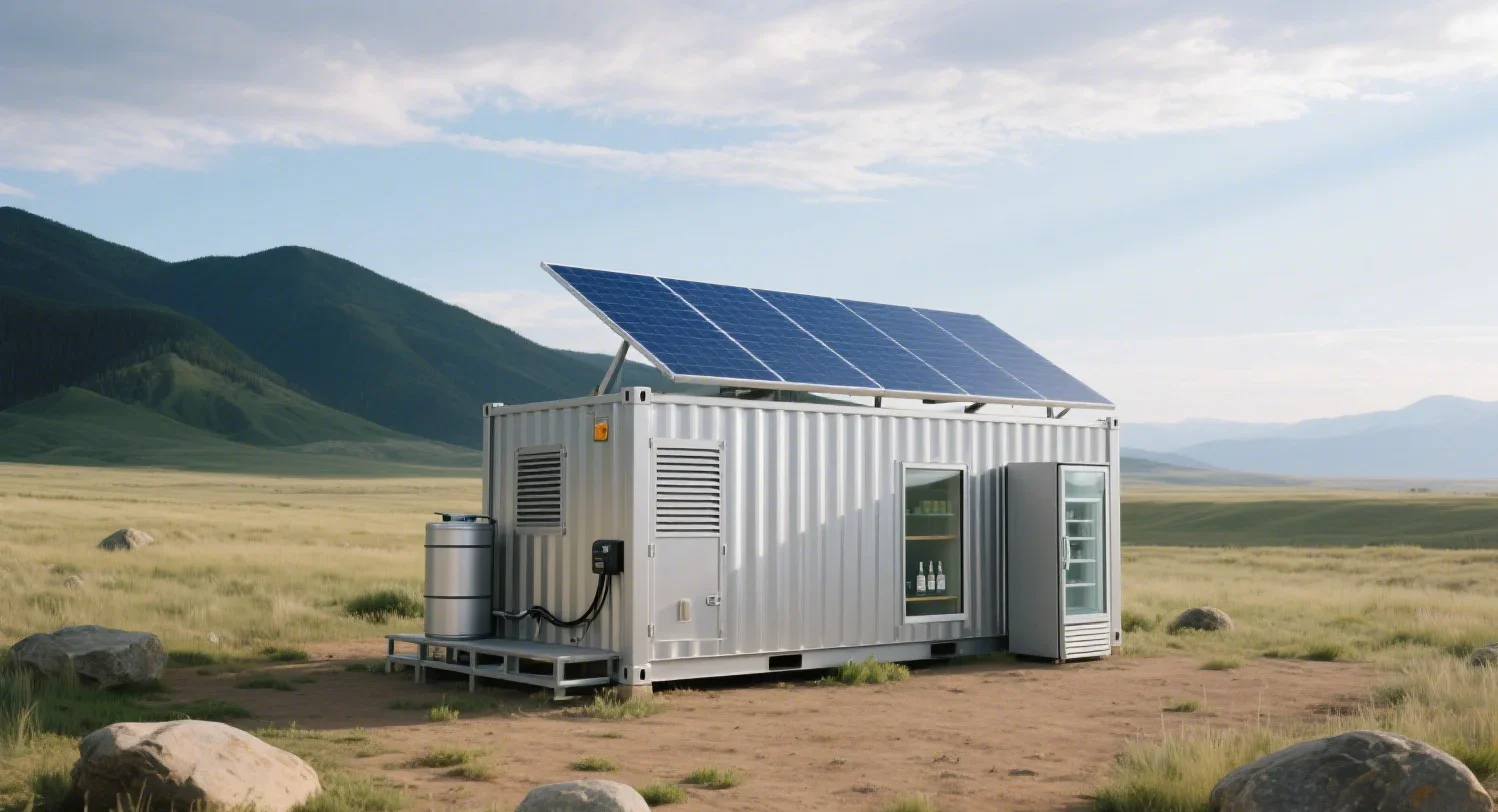Remote villages have for decades derived their power from small solar home sets or diesel generators. Today, there is a new wave of off-grid solar systems on the horizon—one that combines mobility, modularity, and reliability in a single solution. They’re off-grid solar containers, and they’re changing the face of rural electrification, disaster response, and access to renewable energy.
What Makes Solar Containers Special?
Traditional off-grid solar systems are often constructed for fixed installation, e.g., a roof array with a battery bank. While sufficient for a residence or business, they are limiting when communities are mobile, when disaster strikes, or when infrastructure must be deployed quickly.
Solar boxes, on the other hand, integrate photovoltaic panels, inverters, batteries, and control units in a standard shipping container or mobile module. The system is shipped pre-assembled and arrives on site, and panels expand, hook together, and can be energized within hours. Suitable for both short-term and permanent deployment.
Key characteristics:
- Mobility:Trailer-able by truck, vessel, or even helicopter.
- Scalability:Containers can be spliced together to form large microgrids.
- Speed of deployment:Faster installation than standard off-grid deployments.
- Multi-functionality:Some modules integrate water treatment or cooling with electricity.
Case Studies: Solar Containers in Action
1. East Africa – Lighting Remote Villages
Private builders and non-profit organizations in Uganda have placed solar containers to power rural villages where national grid expansion would take years. Beyond lighting, the systems power schools, health clinics, and small businesses. There are also reports of increased vaccination capabilities with consistent cooling and new opportunities for entrepreneurs who run welding shops or grain mills.
2. Caribbean – Disaster Relief
After Hurricane Maria devastated Puerto Rico in 2017, the need for instantaneous, self-sustaining power sources became evident. Solar containers were deployed to provide electricity to emergency shelters and health facilities. They did not require a constant supply of diesel fuel, which was scarce after the disaster.
3. Southeast Asia – Island Communities
Indonesia, with more than 17,000 islands, has one of the most daunting electrification requirements on the globe. Solar containers in mobile uses have been used in Maluku Province to supply fishing villages with electricity. In addition to household power, the containers have also been used for cold storage of fish, enhancing product freshness and incomes for fishermen.
Question to Consider
Why are solar containers typically less expensive in the long run than diesel-fueled off-grid solutions?
The answer is in operating costs. While diesel generators are cheaper to purchase, there is constant fuel buying and maintenance. Solar containers, while costly to purchase, have low operating costs, and in the long term, they save towns thousands of dollars while being environmentally friendly by not producing emissions that damage the environment.
The Role of Technology Providers
Technology companies are currently remapping the design of solar containers with foldable, modular models. One such example includes HJ FoldSolar by HighJoule, which has compact, quick-deployment solutions. These systems can be shipped into disaster-stricken areas or off-grid locations and deployed with limited technical support, thus appealing to governments, NGOs, and private investors.
Industry Trends Powering Expansion
- Hybrid Energy Systems:Combining solar containers with wind turbines or small hydro to offer around-the-clock energy supply.
- Digital Monitoring:IoT-enabled platforms now allow operators to monitor battery health and energy output remotely.
- Community Ownership Models:Cooperatives in countries like Kenya and Tanzania are investing in solar containers, running the systems cooperatively, and sharing profits.
- Green Financing:Carbon credit projects and pay-as-you-go (PAYG) plans are making these systems accessible to underserved communities.
Despite their advantages, solar containers face challenges too:
- Initial high cost when compared to small solar kits.
- Policy uncertainty, as regulations for mobile power units are still evolving.
- Deficiencies in training, as local technicians need knowledge of solar PV and battery management.
Investors and policy makers will need to work hand in hand with technology suppliers to achieve scalability and affordability.
A Turning Point for Off-Grid Energy
The move from basic solar home kits to advanced, portable containerized systems is a milestone for the global off-grid solar industry. Solar containers are more than a technological advancement—they are a force of education, healthcare, and economic empowerment in areas once outside the light.
As the energy era changes, off-grid solar containers are setting themselves up not as temporary Band-Aids, but as long-term, sustainable solutions for communities everywhere.

